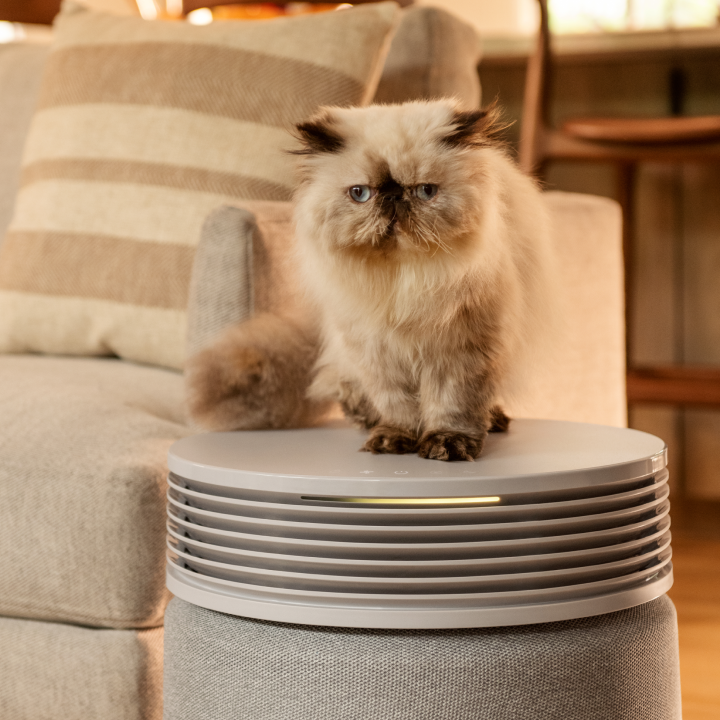Skip to content
Your cart
Start shopping to qualify for free shipping!
This website uses cookies to improve your experience. By continuing to use our website you are consenting to our cookie policy.
Blog
Featured
The Complete Guide to Selecting an Air Purifier Based on Room Size
Read More
Latest Entries
-
- Health & Wellness
- Mental Health
- Wellness at Home
The Link Between Physical Space and Mental Clarity
Updated Oct 10, 2025
-
Why Blueair Purifiers Make the Perfect Gift for Fall
Updated Oct 06, 2025
-
Sleep Better, Breathe Better: Introducing Blueair’s New Sleep Collection
Updated Oct 01, 2025
-
How to Build a Non-Toxic, Wellness-Focused Home Environment
Updated Sep 29, 2025
-
How Poor Indoor Air Quality Can Affect Your Child’s Health
Updated Sep 10, 2025
-
Blueair x Marie Kondo: Breathe Better, Live Joyfully
Updated Sep 04, 2025
-
Invisible Stressors in Your Home and How to Fix Them
Updated Aug 31, 2025
-
Pet Odor Solutions: Natural Air Care Alternatives That Support Pet Health
Updated Aug 08, 2025
-
- Health & Wellness
- Humidity
- Insights
Humidity and Health: Finding the Right Balance at Home
Updated Aug 04, 2025
- Choosing a selection results in a full page refresh.










